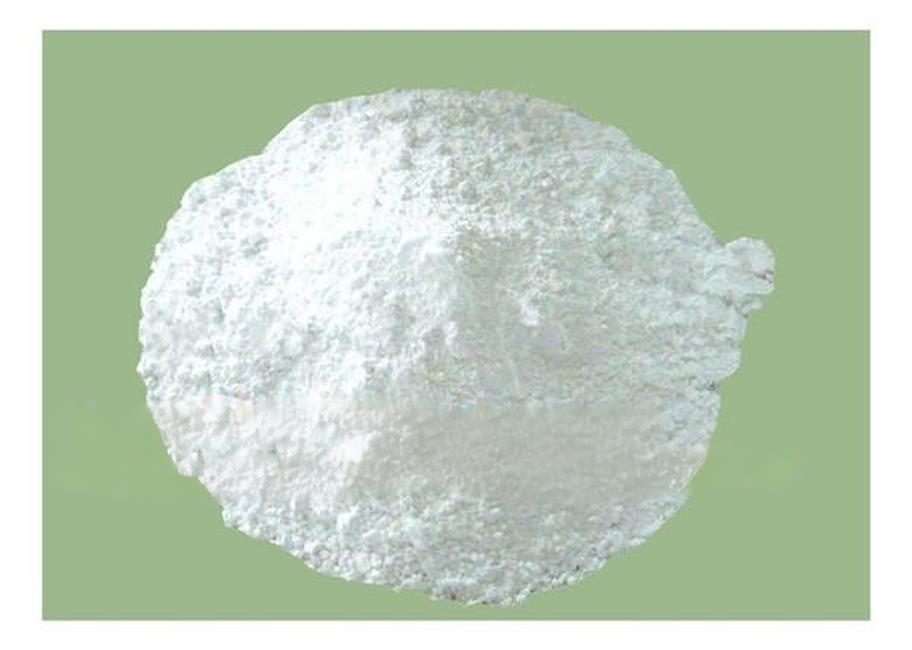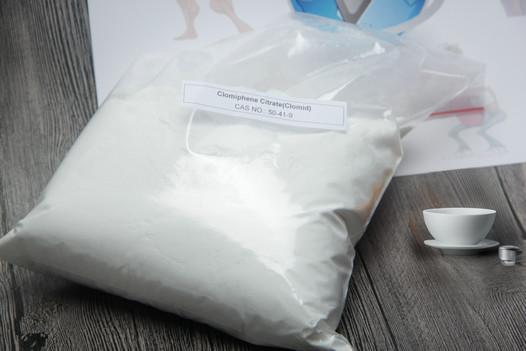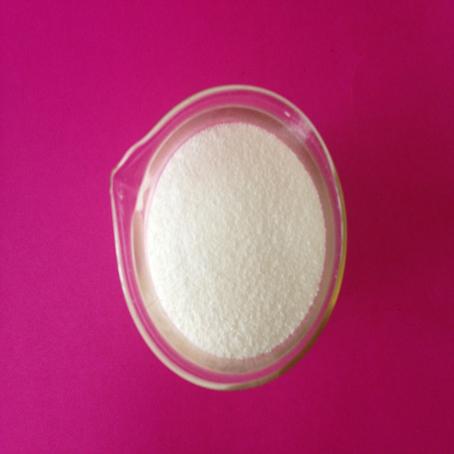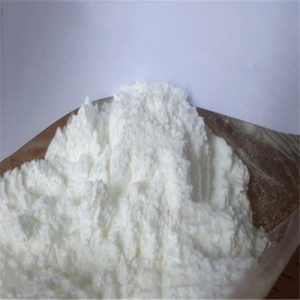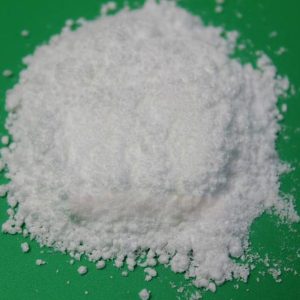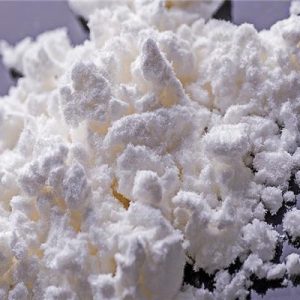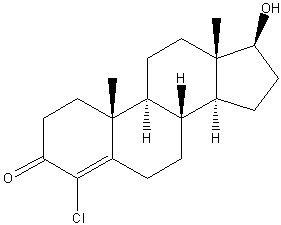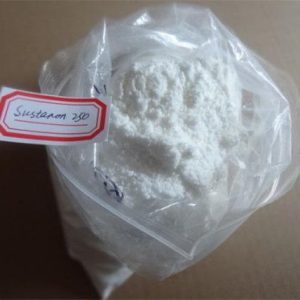Clomiphene is a SERM (selective estrogen receptor modulator) that is often prescribed to women as a fertility drug, acting as an ovulation stimulant.
Clomiphene increases the secretion of gonadotropins (LH and FSH) by inhibiting estrogen in various tissues, resulting in an increase in endogenous testosterone.
Despite blocking estrogen action in many parts of the body, our testing has shown that Clomiphene can increase estrogen activity in the liver, leading to positive changes in cholesterol levels. This is particularly useful in regulating blood lipids and relieving cardiovascular stress on patients after their cycles.
Clomiphene Dosage and cycle
Dosage: 50ml~150ml/day
Cycle: 4 weeks
For men, clomiphene is not only used as an anti-estrogen drug, but also eliminates the side effects of steroid use, such as gynecomastia and increased water content. It also promotes the increase of follicle-stimulating hormone and luteinizing hormone levels, thereby promoting testosterone production. This effect is particularly beneficial at the end of a steroid cycle and can help restore endogenous testosterone production.
Side Effects of Clomiphene
Our patients have reported that they have experienced visual changes when they have taken high doses of Clomiphene.
This includes flashes of light or blurriness; however, these are usually temporary and resolve within a few days or weeks after the cycle.
It is not clear what causes this vision change. In rare cases, it is possible that this side effect may be irreversible, but we have not seen this happen. If such changes begin to occur, users should immediately stop supplementing with Clomiphene and see an ophthalmologist for an urgent examination.
In our experience, the more common side effects of clomiphene include:
Abdominal discomfort
Nausea
Headache
Liver irritation
Improper vision
Clomiphene Citrate Chemical Properties
Melting point 116.5-118°C
storage temp. 2-8°C
solubility Slightly soluble in water, sparingly soluble in ethanol (96 per cent).
color White to Off-White
Water Solubility Slightly soluble in water, methanol, chloroform (slightly), and DMSO (10 mM). Insoluble in ether.
BCS Class 3/1
InChIKey PYTMYKVIJXPNBD-OQKDUQJOSA-N
SMILES N(CC)(CC)CCOC1=CC=C(/C(/C2=CC=CC=C2)=C(\Cl)/C2=CC=CC=C2)C=C1.C(O)(=O)CC(CC(O)=O)(C(O)=O)O
CAS DataBase Reference 50-41-9(CAS DataBase Reference)
IARC 3 (Vol. 21, Sup 7) 1987
EPA Substance Registry System Clomiphene citrate (50-41-9)
More Introduction:https://en.wikipedia.org/wiki/Clomifene
